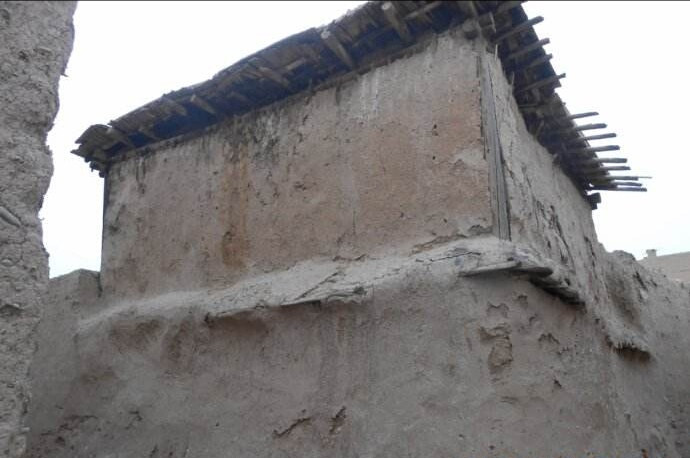Guomari Ancient Castle in Huangnanzhou is named as a famous Chinese historical and cultural village. The entire castle has four city gates from east to south. After entering the city gate, there are winding alleys, with three or four meters high earthen walls on both sides, which appear to be more narrow and deep.
Guomari Castle Review
4.5 /55 Reviews
Recommended Attractions at Popular Destinations
Bangkok attraction near me | Tokyo attraction near me | Manila attraction near me | Hong Kong attraction near me | Taipei attraction near me | Seoul attraction near me | Los Angeles attraction near me | New York attraction near me | Shanghai attraction near me | Kuala Lumpur attraction near me | Shenzhen attraction near me | Osaka attraction near me | Singapore attraction near me | London attraction near me | Guangzhou attraction near me | San Francisco attraction near me | Beijing attraction near me | Macau attraction near me | Bali attraction near me | Paris attraction near me | Ho Chi Minh City attraction near me | Orlando attraction near me | Jakarta attraction near me | Phuket attraction near me | Chicago attraction near me | Toronto attraction near me | Fukuoka attraction near me | Istanbul attraction near me | Dallas attraction near me | Cebu attraction near me
Popular Attractions
Šebešťanová vlek (1.Máj-vatra) | Burj Khalifa | Goldstream Provincial Park | Zoo Negara Malaysia | Mingshi Scenic Area | VMSS Sports Complex Waghodia Road | The Metropolitan Museum of Art | Statue of Liberty | Calgary Tower | Jeonju Hanok Village | Sifawa Line Lagos Park | Kalinga stadium Gate No 9 | Tonle Sap Lake | Wanaka Lavender Farm | Algonquin Provincial Park | Mindoro Beach | Unkai Terrace | Aqua Planet 63 | Bhagvan Shubh Narayan Temple | Sri Sharada Vara Siddhi Vinayaka Temple | Shri Lakshmi Devi Temple | Storchenturm | Masjid Al Falah | Hanfi Masjid Hugam | Wandelroute Strubben, Kniphorstbosch | Sunset Point | Masjid Baiturrahman | Esedra arborea di Villa Sciarra | Royal Palace | Friends PVR
Payment Methods
Our Partners
Copyright © 2024 Trip.com Travel Singapore Pte. Ltd. All rights reserved
Site Operator: Trip.com Travel Singapore Pte. Ltd.
Site Operator: Trip.com Travel Singapore Pte. Ltd.














